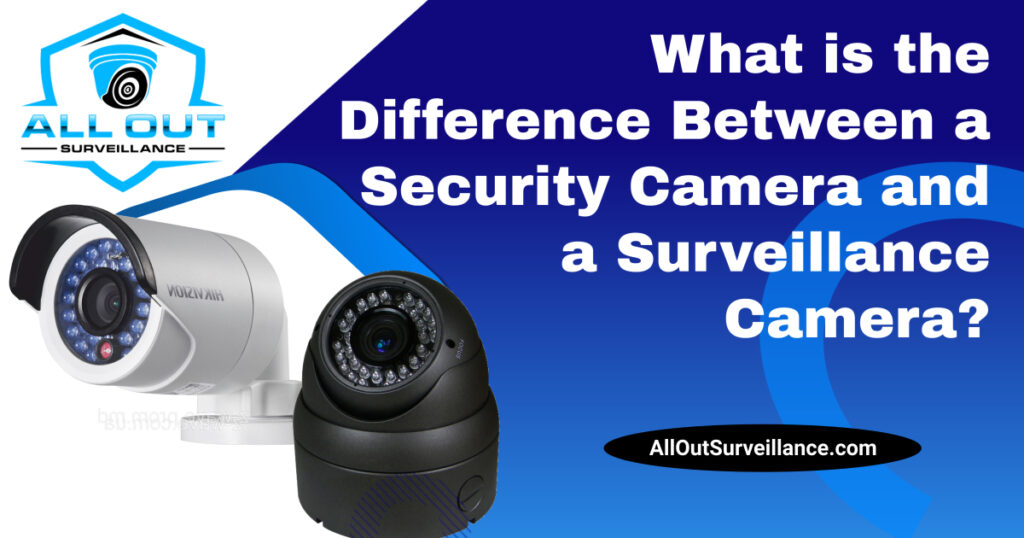
The terms “security camera” and “surveillance camera” are often used interchangeably, but there are subtle differences between the two. While both types of cameras serve the purpose of monitoring and recording activities in a given area, they can vary in terms of their intended use, features, and scope. Let’s explore the key distinctions between security cameras and surveillance cameras.
Purpose: The primary distinction lies in the purpose of the cameras. Security cameras are typically focused on protecting a specific area or property, deterring potential criminals, and ensuring the safety of people and assets. They are primarily employed for preventive measures and are often part of a comprehensive security system that includes alarms, access control, and other security features. Surveillance cameras, on the other hand, have a broader purpose. They are used for monitoring and gathering information about activities in various environments, such as public spaces, transportation hubs, or commercial establishments. Surveillance cameras are often deployed for investigative purposes, providing a means to review recorded footage in case of incidents or law enforcement investigations.
Coverage Area: Security cameras are typically designed to cover a specific area of interest, such as entrances, exits, parking lots, or critical zones within a property. These cameras are strategically positioned to capture high-quality footage in areas where security risks are more likely to occur. Surveillance cameras, on the other hand, are deployed to cover larger areas or multiple locations. They are often used in public spaces, city-wide surveillance systems, or transportation networks. Surveillance cameras may utilize advanced technologies like pan-tilt-zoom (PTZ) capabilities or wide-angle lenses to monitor a wider field of view.
Features and Functionality: Security cameras are designed with specific features aimed at enhancing security. They commonly include motion detection, night vision, and the ability to integrate with other security devices like alarms or access control systems. Some security cameras may also have features like facial recognition or license plate recognition to enhance identification capabilities. In contrast, surveillance cameras are more focused on capturing a comprehensive view of an area and typically have features like high-resolution imaging, long-range recording, and advanced analytics capabilities. These cameras may employ advanced video analytics to detect anomalies, track objects, or perform behavioral analysis.
Ownership and Control: Security cameras are typically installed and owned by individuals or organizations responsible for the security of a specific property. The footage captured by these cameras is generally accessed and controlled by the owners or authorized personnel for security purposes. Surveillance cameras, however, are often owned and managed by government entities, law enforcement agencies, or public institutions. The footage recorded by surveillance cameras is used for public safety, crime prevention, or for gathering evidence in investigations. Access to surveillance camera footage is typically tightly controlled and requires proper authorization.
Legal Considerations: Both security cameras and surveillance cameras are subject to legal regulations regarding privacy and data protection. The specific laws governing these cameras vary by jurisdiction, and it is essential for individuals and organizations to comply with these regulations when installing and using cameras. Security cameras installed on private property are typically subject to fewer restrictions, focusing on preventing unauthorized access or misuse of footage. Surveillance cameras, particularly those installed in public spaces, face more stringent regulations to ensure the protection of individual privacy rights while balancing the need for public safety and security.
In conclusion, while security cameras and surveillance cameras share the purpose of monitoring and recording activities, they differ in their intended use, coverage area, features, ownership, and legal considerations. Security cameras are primarily employed for protecting specific properties, while surveillance cameras are used for broader monitoring purposes, often in public spaces or city-wide networks. Understanding these differences can help individuals and organizations make informed decisions when selecting and deploying cameras for their specific needs.



